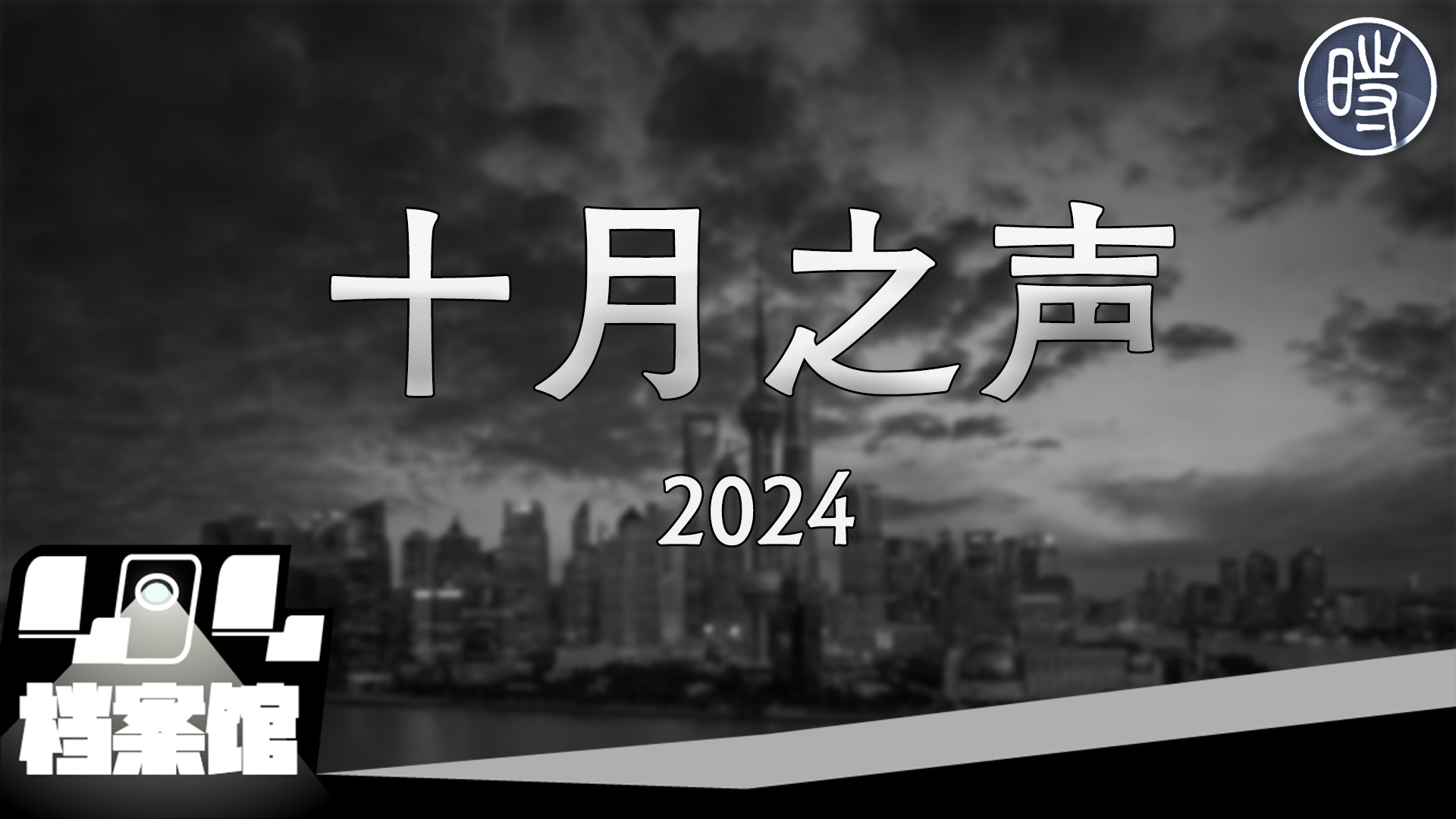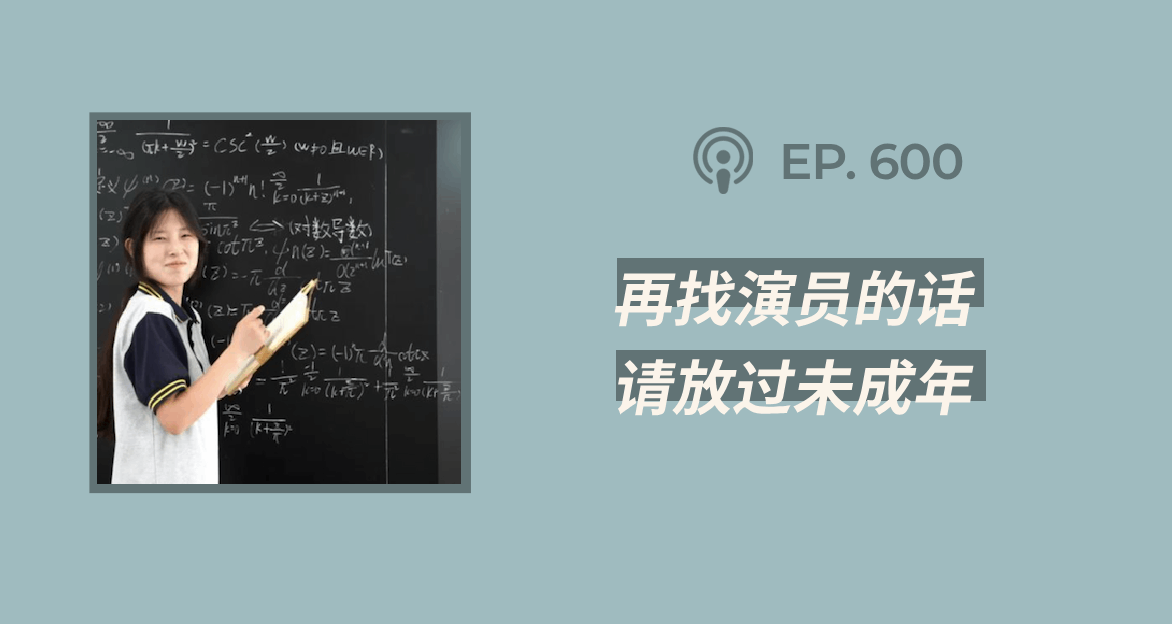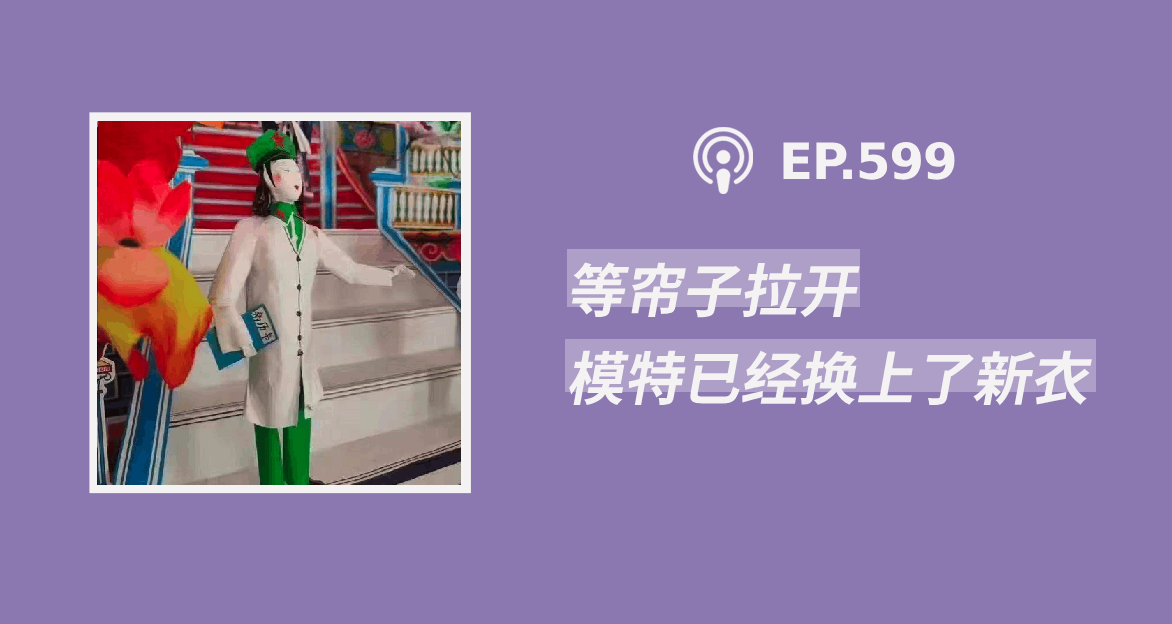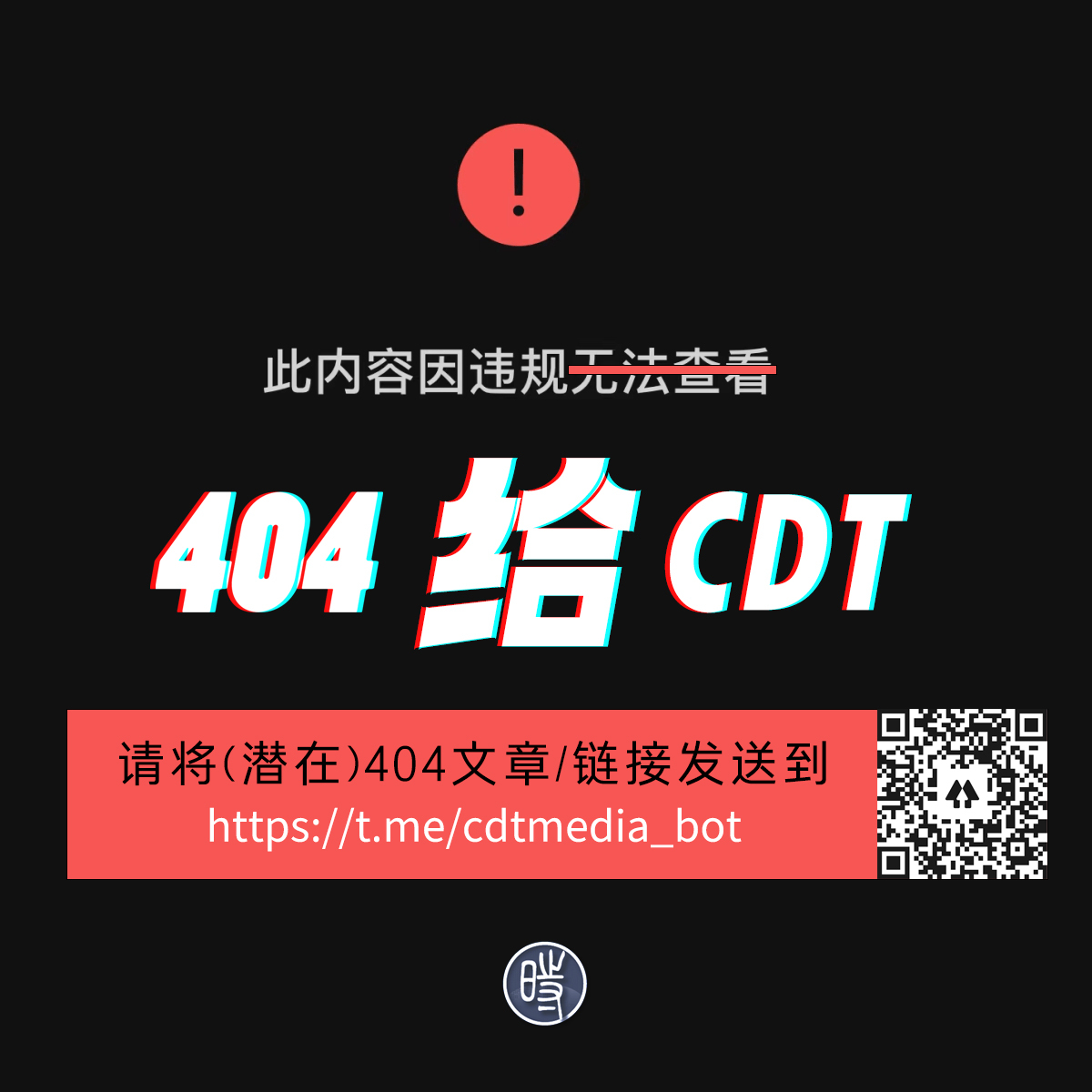在某些日子里,twitter感觉像是世界上最大最快的回音室。由于我们会跟随那些与我们相似的人,因此会看到自己的观点被反射回来。这个意思是说,当我们收到和我们感觉一样的人传递来的消息,愤怒之情会迅速聚增。计算机科学家发现,和我们对立的人也有可能是正确的。Twitter会不会成为解决方案的一部分,而不是麻烦问题的一部分?
在一项6月即将展开的研究中,一组来自英国剑桥大学、韩国科学技术学院文化技术研究所,以及马普研究所软件系统协会的研究人员展示了Twitter如何为用户提供比其他地方更多的消息入口,让用户了解更多不同的政治观点和媒体资源。
这篇名为“媒体景观在Twitter”的文章解释,当这些研究人员观察这个网址的使用模式时是如何发现惊人结果。首先他们观察是谁在跟随谁,结果发现Twitter是一个高度政治化的空间。为了理解人们如何在Twitter获取信息,以及他们会看些什么,研究人员接着检查上传和转发消息的模式。结论是:尽管Twitter是一个相当党派化的空间,但是它可以为用户提供前所未有的机会来打破困扰地区、国家及国际政治的障碍。
那么这是如何实现的?答案是通过转发和互动,作者将之称为“间接媒体曝光”。正如他们所说,Twitter“在惊人的程度上扩大了用户所能接触的新闻政治多样性,扩大幅度达60%到98%。这些结果是有价值的,因为它们还没有适用于传统媒体,这些结果可以预测我们的阅读内容,以及出版商在未来如何与我们进行互动。”
如果您对Twitter的运行方式感兴趣,推荐您阅读这篇文章。同时,让我们归结到一些关键数据,看看这些研究人员可以教给我们哪些东西。
大部分Twitter用户有党派区分
对50.8%的Twitter用户的调查结果显示,他们所跟随的媒体和个人中存在明显的政治偏见。绝大部分用户倾向于政治领域的左翼,62%的用户存在偏见,37%的人保持中立,只有1%的人倾向政治领域的右翼。
这里给出关于过量阅读,作者发现的那些悬殊信息的一些警告。由于Twitter用户群比社会规范的更年轻、更都市化,所以它倾向于政治左翼一点也不奇怪。值得一提的是,这项研究开始于一年多以前,从那以后,Twitter用户急剧上升;同时,全球政治已经重新向右翼倾斜。如今,Twitter用户群或许反应了一个更加平衡的政治画面。但不管怎么样,这里存在一个重大分裂。
Twitter拥有第二、第三效益
大部分机构对Twitter只有简单的理解:更多的追随者意味着更高的曝光率。但研究表明,这不仅是你在跟随谁,而且还有跟随者的跟随者,特别是那些在你扩展网络中的人;这些网络使得来自新来源的消息可以通过许多路径传递给你。根据研究,80%的用户选择跟随至少10家媒体资源;但通过朋友所接触到的媒体却是这个数字的6到10倍。
口碑剩过品牌
Twitter的很多最大账户是像CNN和《时代周刊》这样的大媒体;但研究显示,Twitter的活跃用户更倾向于从个人获取信息而不是网站。这就给个人记者(根据研究,他们更多的和多样化媒体相链接)提供了一个更宽、更有影响力的关系网。
可以推论出的是,记者们的个性化版本比那些空泛、非个人的出版物更为重要;这些出版物主要用于推销消息内容。
活跃用户可以获得更广阔的视野
研究人员称,间接曝光充分扩大了政治多样性;尽管其他研究表明,社交网络的作用与这恰好相反。研究人员指出:“另一些研究发现更强的同质性倾向;含有不同政治观点的博客很少链接在一起。一个可能的原因是,Twitter网络包含许多其他关系来自共享的爱好;从共享的兴趣爱好到家庭连带,朋友和熟人,未必所有这些关系都存在政治相似性。”
这并不是说,Twitter的创造者应该准备一个诺贝尔奖获奖感言。现在还远远达不到那个程度:Twitter多样性的影响力还是未知的。或许,许多人看到与自己观点不同的消息会改变自己的行为。但研究显示,Twitter有潜力做一些积极的事情。清楚的是,还有很多工作要做。研究人员表示,他们想要调查一些他们揭露的许多方面;当政治出现更加不稳定和分裂的情况时,为其提供重要的洞察力。
How Twitter Could Unleash World Peace
Researchers from Britain, Korea, and Germany have determined that the amount of fresh information you get on Twitter is less a matter of what you follow than whom—and who follows you
On certain days, Twitter can feel like the world’s biggest, fastest echo chamber. Since we tend to follow people who are similar to us, we often see our own views reflected back—meaning a gloomy cloud of irritation can rapidly swirl into a cyclone of outrage as we hear from other people who feel as we do. A group of computer scientists have discovered that the opposite may also be true. Can Twitter be part of the solution, not merely part of the problem?
In a study to be presented at a conference in July, a team of researchers from the U.K.’s University of Cambridge, Korea’s Graduate School of cultural Technology-KAIST, and Germany’s Max Planck Institute for Software Systems show how Twitter can provide users greater access to more varied political viewpoints and media sources than they might otherwise get。
The paper, called “The Media Landscape in Twitter,” explains how the team made surprising discoveries when they looked into the site’s usage patterns. First they looked at who follows whom and discovered that Twitter is a highly politicized space. Then they examined patterns of tweeting and retweeting to try to understand how people receive information on Twitter—and what they might see. Their conclusion: Although Twitter is a pretty partisan space, it can offer unprecedented opportunities to break down the barriers that plague local, national, and international politics。
How? Through retweets and interaction—what the authors call “indirect media exposure.” As they put it, this “expands the political diversity of news to which users are exposed to a surprising extent, increasing the range by between 60 percent and 98 percent. These results are valuable because they have not been readily available to traditional media and they can help predict how we will read news and how publishers will interact with us in the future.”
If you’re interested in the way Twitter works, I recommend reading the paper, which isn’t very long. Meanwhile, let’s boil it down to a few key pieces of data and see what lessons they can teach。
Most Twitter users are political. Just over half (50.8 percent) of all Twitter users studied showed a distinct political bias in the media outlets and individuals they followed. Most of those lean to the left of the political spectrum, accounting for 62 percent of users who demonstrated some bias. Thirty-seven percent were doggedly centrist. Just 1 percent of Twitter users who showed a political preference were right-wing。
Here are a couple of caveats about reading too much into the sharp divide the authors found. Given that Twitter’s user base is younger and more metropolitan than the societal norm, it’s not surprising that it’s weighted to the left. It’s worth noting that this study was undertaken more than a year ago; since then, Twitter has grown dramatically, while global politics have largely skewed back toward the right. Twitter’s user base today might reflect a more-balanced political picture. Either way, there’s a big split。
Twitter has secondary and tertiary benefits. Most organizations comprehend Twitter in simple terms: More followers means more exposure. But the study shows that it’s not just about those you follow, but those your followers follow—essentially the people in your extended network. The network offers a number of routes for information from fresh sources to get to you. According to the study, some 80 percent of users choose to follow at least 10 media sources, but they are exposed to between 6 and 10 times as many media sources through their friends。
People outweigh brands. Many of the biggest Twitter accounts are big media brands such as CNN (TWX) andTime, but the study suggests that Twitter’s active users tend to prefer individuals over outlets. So while the average follower of @NYTimes (NYT) has six followers apiece, individual journalists have followers who boast a median following count of around 100. That gives individual journalists—who are, the study says, more likely to link to a multiplicity of sources—a much wider, more influential network of connections。
The inference is that the personal touch of a journalist is more important than the lofty, impersonal tone of publications that largely act as promotion channels for their content. It’s a discovery that reminded me of Twitter’s recent blog post on the science of the hashtag, which found that hashtags explode in usage when they are picked up by individuals with the most dedicated—not necessarily the largest—followings。
Active users access a wider range of views. The researchers say that indirect exposure expands political diversity by a “significant amount,” despite other studies showing a tendency for social networks to do the opposite. “Other studies have found a stronger tendency of homophily; blogs of different political views rarely linked to each other,” they point out. “One possible reason is that a Twitter network encompasses several different relationships—from shared interest, to familial ties, friends, and acquaintances—so political similarity doesn’t necessarily exist in all such ties.”
This is not to say that Twitter’s creators should be preparing a Nobel Prize-winning speech. Far from it: The influence of its diversity is unknown. It could be that many people who see messages they disagree with simply change their behavior to screen out such material in future. But it shows that there is a potential to do something positive at Twitter. It’s clear there’s much work to be done. The researchers say they want to investigate a number of areas they’ve uncovered, having provided important insights at a time when politics seem more fractious and divided than ever。
来源:商业周刊
作者:斯年











